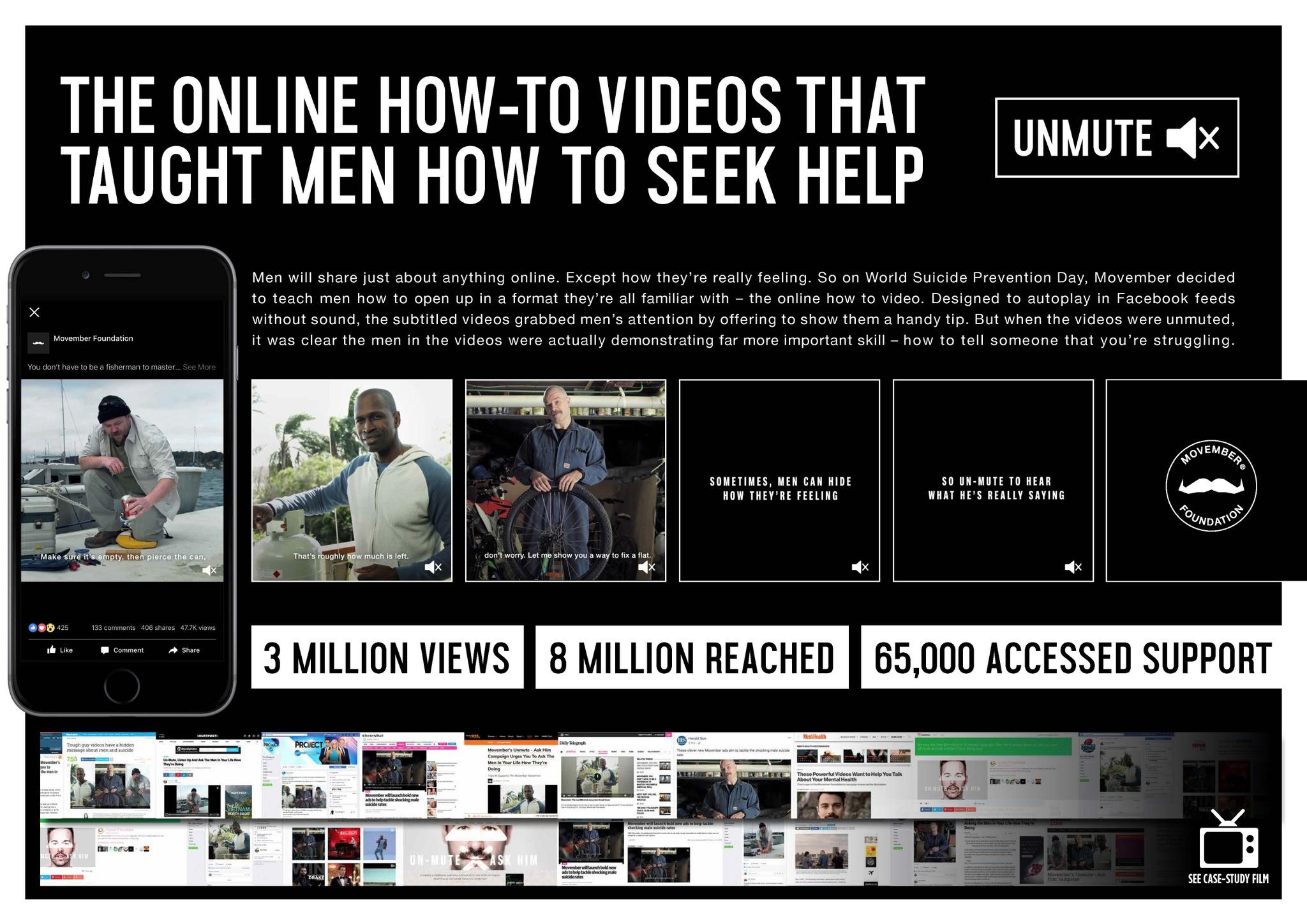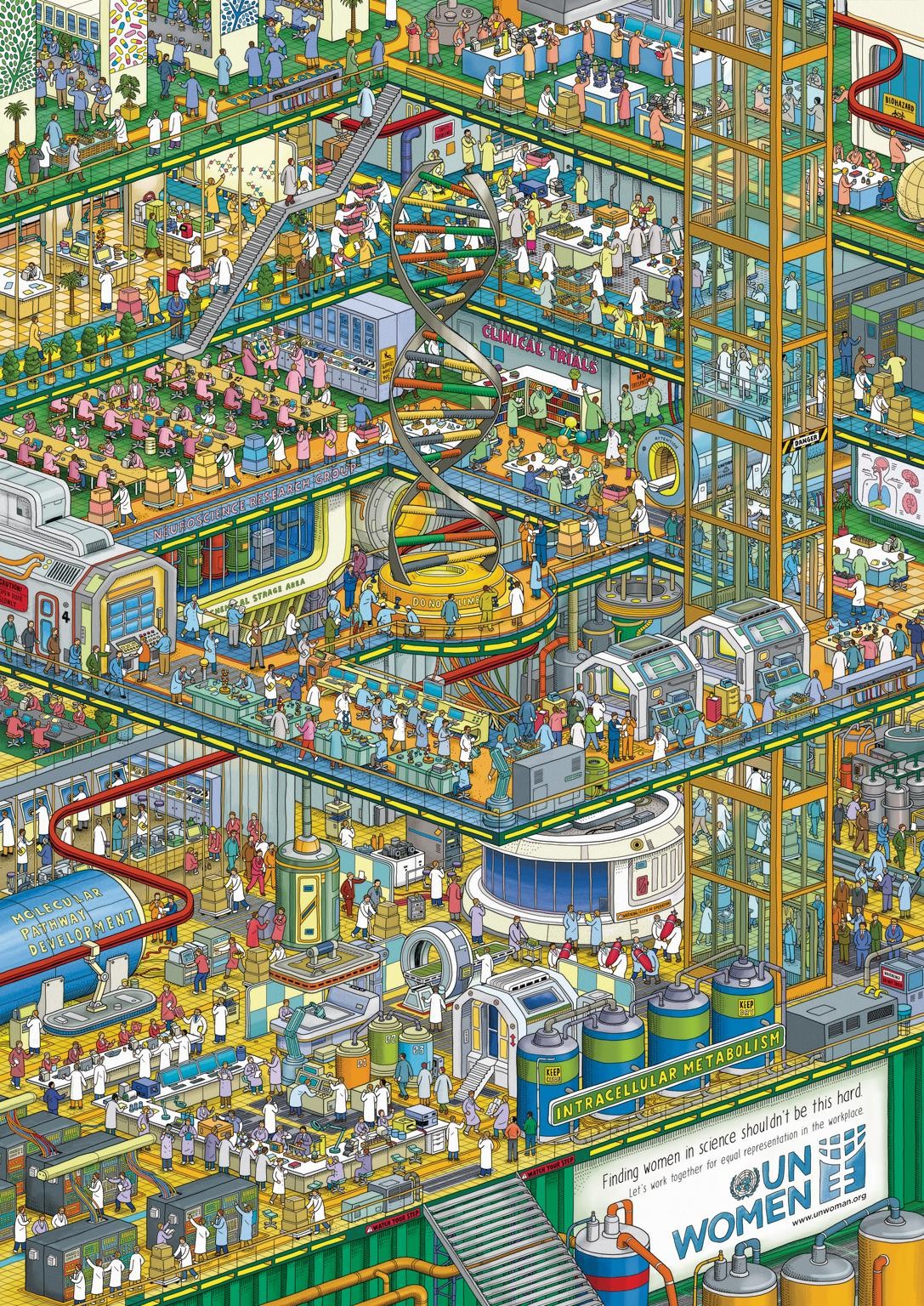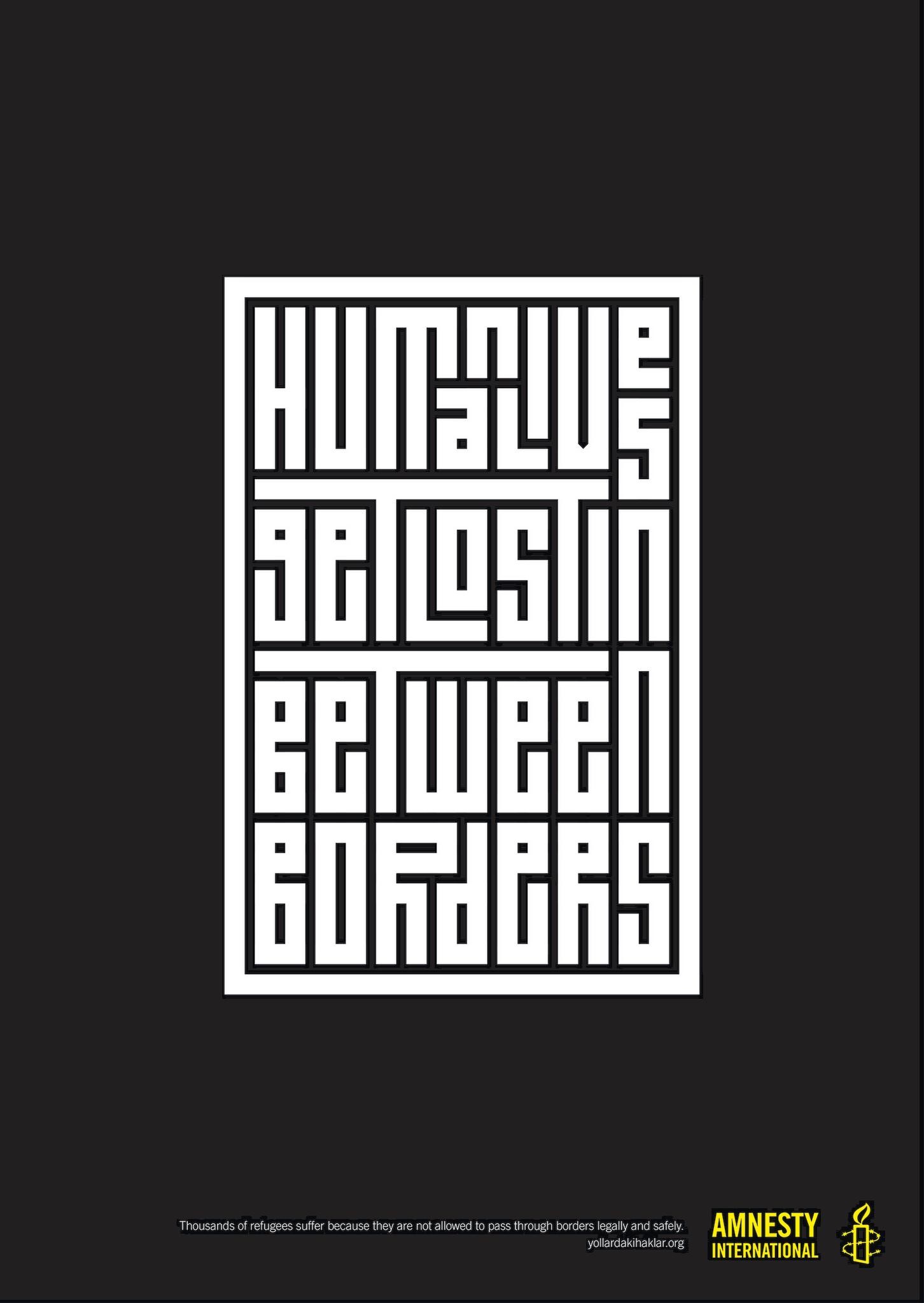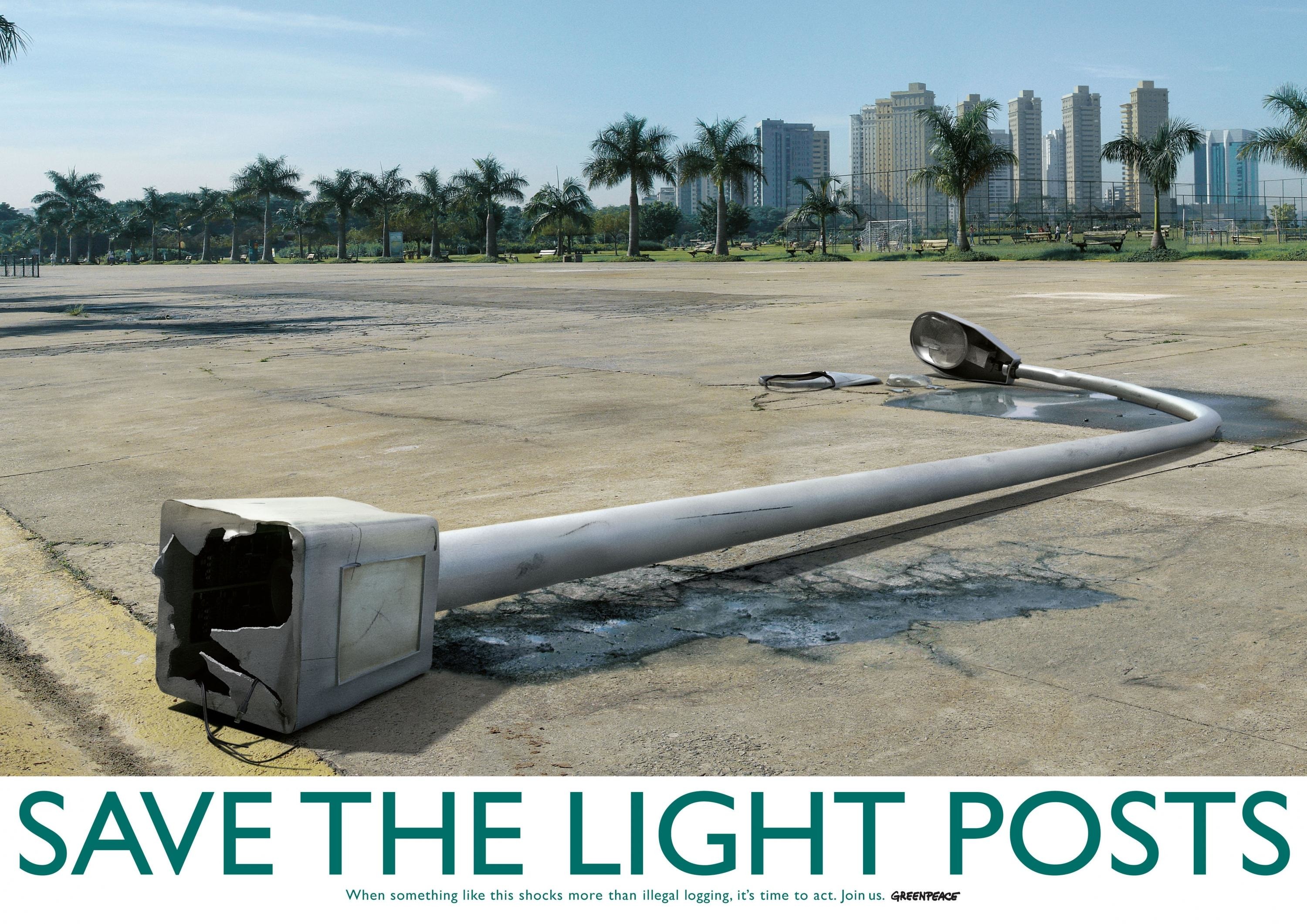Cannes Lions
After Asbestos
RETHINK, Montreal / GREENPEACE / 2020

Overview
Entries
Credits
Overview
Background
Greenpeace aims to influence policy makers, businesses and citizens to adopt more sustainable policies, practices and behaviours. But given the growing number of biodiversity issues, Greenpeace struggles to deploy significant efforts to tackle each one individually, leading it to a twofold approach: invest significantly in the most pressing issues, while banking on topical events to get its secondary messages across.
The objectives were twofold: raise awareness around local endangered species while attracting new allies for Greenpeace, i.e. donors, followers, newsletter subscribers.
When the town of Asbestos, Québec, announced a public vote on a new name to shed the stigma it’s been carrying for years, Greenpeace saw the perfect opportunity to raise the profile of local biodiversity, an unfortunate victim of industrial development. Because after all, the name of a city is not just a symbol of it's past, it could just as well pave the way for its future.
Idea
Greenpeace launched After Asbestos, a grassroots, election-like, PR-driven campaign inviting citizens and city officials to put an endangered turtle back on the map, literally. It would be the perfect opportunity to turn a deadly legacy into a hopeful symbol of biodiversity.
When Asbestos’ public consultation for a new name began, Greenpeace proposed the name of Apalone, an endangered species of softshell turtle found in the region.
The proposition was accompanied by a brand-new town logo and branded material, to help citizens project better envision themselves living in their new-named city.
Strategy
To gain as much reach as possible, Greenpeace first had to leverage its core base of allies. By engaging them, it would help get the ball rolling and amplify (and credibilize) its initiative. Then, influential opinion leaders in the activist community were contacted and recruited to publicly support the campaign.
Finally, the outreach would target local news outlets, emphasizing the growing grassroots movement behind the submitted name of Apalone, and therefore helping expand and accelerate public support.
The branded material would also help make the submission more credible and attractive.
Ultimately, the perception of public support would influence city officials to consider choosing the Greenpeace proposition for the final ballot.
Execution
A dedicated section was created on Greenpeace website, with downloadable branded content. A video was launched to promote its hijacking of the renaming process, and to invite citizens to publicly show their support.
To further influence the council to shortlist the name Apalone, a PR push was made to local news outlets, detailing the story of the turtle. Over the next few weeks, snackable, bite-size content based on the potential new names, was disseminated across Greenpeace’s owned and social platforms.
In September, we learned that the name Apalone made the final list; the true election officially began.
As media all across the province covered Asbestos’ finalists, triggering passionate reactions and debates among the public, Greenpeace reactivated its campaign through PR and stakeholder outreach, as well as social content and newsletters. Its local spokesperson gave media interviews to explain the initiative.
Outcome
Greenpeace’s After Asbestos campaign allowed the endangered Apalone to quickly rise to fame. It was covered and mentioned more than 14K times by media outlets in the first 48h following the city’s announcement of its four finalists (an estimated visibility value of 29M$). Most prominent media outlets in the province (but also many outside its borders) covered the initiative, including Radio-Canada, La Presse, CNN, The Guardian, etc. The rationale behind each of the four finalists was shared, instantly propelling the unknown Apalone to fame.
Google searches for the Apalone exploded to an all-time high. Interest and curiosity for the Apalone turtle immediately translated into visits to the Greenpeace website, which hosted detailed information about the endangered species, as well as ways to help. Website visits grew 55% in September versus the previous six-months average. 76% of the visits came from new visitors. Newsletter subscriptions grew 11%, donations grew 36%, and the Greenpeace Québec Facebook fanbase grew 8% in September 2020, compared to the previous month.
Although Apalone did not make it through as the winning name (which ended up being Val-des-Sources, a reference to the multiple lakes in the region), millions of Québécers had now heard of this endangered turtle.
A brewer from the Asbestos region even launched a new beer called Apalone last October, so that the beloved turtle wouldn’t be forgotten.
All this thanks to a “quick and dirty” opportunistic idea, that generated outstanding effectiveness for a microscopic budget of less than $1000 (0$ in paid media).
Similar Campaigns
12 items








